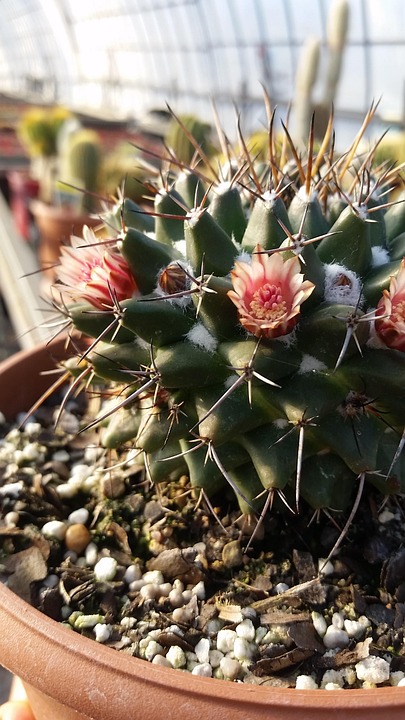Essential Horticulturist Resume Template: Crafting Your Green Career in the UK
In a world where green spaces are increasingly cherished, the role of a horticulturist has never been more vital. Whether you’re a budding botanist or a seasoned green-fingered professional, crafting a standout resume is essential to set you apart in this competitive field. Let’s delve into the nuances of creating a horticulturist resume that reflects your passion, skills, and experiences.
1. Personal Details: The Basics
It may seem elementary, yet ensuring your personal information is accurate and professional is crucial. Start with your name—bold and clear—followed by a contact number and an email address that sounds professional. Consider including your LinkedIn profile, especially if it showcases your horticultural journey.
2. A Personal Statement: Your Green Ethos
A succinct personal statement can be the heartbeat of your resume. This is your chance to express why you’re passionate about horticulture and what drives you. Aim for a few sentences that encapsulate your experience, your philosophy towards plants, and what you hope to achieve in your career. This statement should resonate with potential employers, drawing them into your narrative.
3. Skills: Cultivating Your Strengths
When it comes to horticulture, a plethora of skills can be highlighted. Beyond the obvious plant care competencies—such as propagation, pest management, and soil science—consider including soft skills that make you a well-rounded candidate. Communication abilities, teamwork, and project management can often set you apart. Aim for a bulleted list that balances technical skills with interpersonal talents.
4. Experience: Growing Your Portfolio
List your professional experiences in reverse chronological order. For each position, include the job title, the name of the organisation, and the dates of employment. Use bullet points to describe your responsibilities and achievements. Quantify your accomplishments where possible—did you increase plant diversity by a certain percentage? Did you lead a community garden project that engaged local schools? Such details provide tangible evidence of your capabilities.
5. Education: Your Academic Roots
Highlight your educational background, starting with the most recent qualifications. Include the degree obtained, the institution, and the dates of attendance. If you’ve undertaken any specific horticultural training or certifications, such as RHS awards or organic gardening courses, be sure to include these. They can significantly bolster your credibility in the field.
6. Additional Sections: Going Beyond the Basics
Consider adding sections that showcase your unique contributions to the horticultural community. This could include volunteering experiences, memberships in professional organisations, or even publications. If you’ve participated in any horticultural shows or community outreach programmes, shout about them! Such experiences not only enhance your resume but also reflect your commitment to the industry.
Final Thoughts on Your Green Career
Creating a horticulturist resume that stands out requires careful consideration of every detail. It’s about painting a vivid picture of your professional journey, showcasing not just what you’ve done, but who you are as a passionate advocate for plants and sustainable practices. Remember, CVPortal is here to continually provide you with various quality resume references, ensuring that your path in the horticultural world is a flourishing one.


